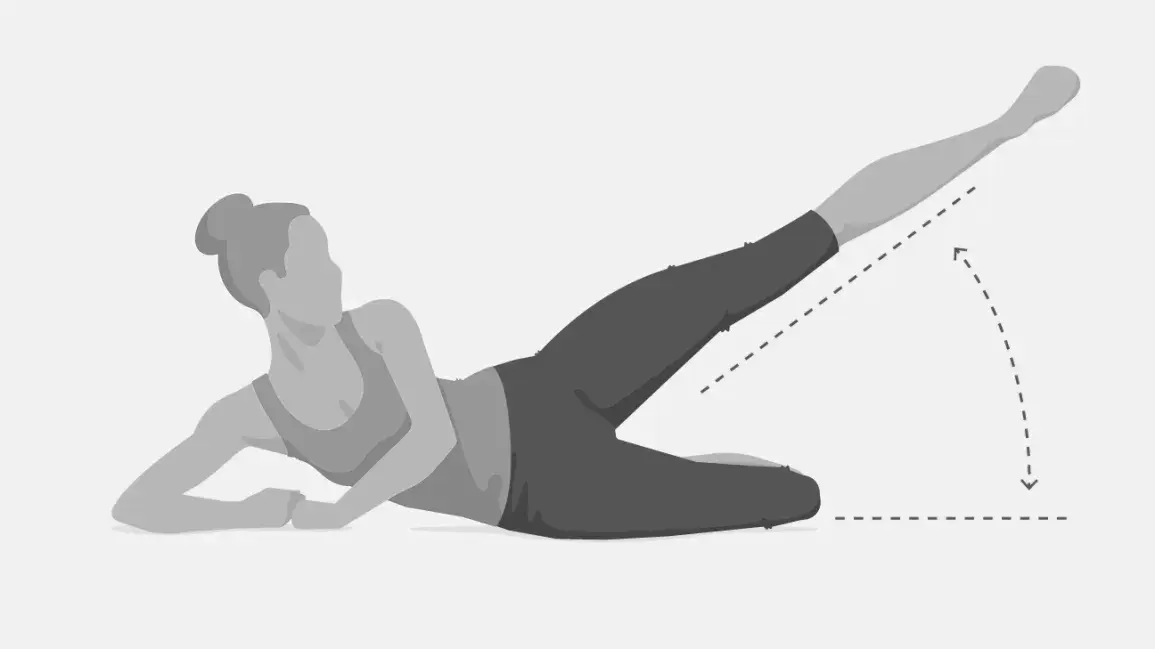Introduction
In the realm of decision-making, the Abduction mental model plays a significant role. Abduction refers to the process of making inferences or forming hypotheses based on limited evidence or incomplete information. It is a mode of reasoning that fills gaps in knowledge by seeking the most plausible explanation. Anchored in human psychology, the Abduction model is prevalent in our day-to-day lives and can influence the quality of our decisions. Understanding this mental model is essential for making sound judgments that avoid falling into the trap of irrationality. In this comprehensive blog post, we will explore the relevance of Abduction in decision-making, examine its occurrence in various contexts, explore the biases that contribute to it, offer practical advice on identifying and avoiding its pitfalls, and emphasize the value of awareness and active avoidance of this mental trap.
The Relevance of Abduction in Decision-Making
The Abduction mental model is highly relevant in decision-making processes due to our inherent need to make sense of the world around us, even when faced with limited information. It allows us to generate plausible explanations or hypotheses based on available evidence, guiding our decision-making. However, this mental model can be prone to biases and fallacies, leading to irrational decisions if not employed critically. Recognizing the influence of Abduction in our thinking enables us to apply it effectively while avoiding its pitfalls.
Examples of Abduction in Various Contexts
- Personal Life Decisions: Consider an individual who is experiencing persistent fatigue and lack of motivation. Based on their limited knowledge, they hypothesize that they may be suffering from a serious medical condition. Ignoring alternative explanations such as poor sleep habits or stress, they become fixated on the idea of a severe illness. This Abduction-driven inference leads them to make decisions based on a potentially incorrect assumption, such as undergoing expensive medical tests, causing unnecessary stress and anxiety.
- Business Scenarios: In the business world, Abduction can manifest when entrepreneurs hastily form hypotheses about consumer demand without conducting thorough market research. Suppose an entrepreneur notices a sudden rise in the popularity of a specific product and quickly assumes that there is a significant market opportunity. Without gathering sufficient data or considering other factors, they invest substantial resources in producing and promoting the product, only to find that the demand was a temporary trend. This hasty Abduction-driven decision can lead to financial losses.
- Public Policy-Making: Abduction can also impact public policy-making when policymakers rely on oversimplified explanations for complex social issues. For instance, in response to an increase in crime rates, policymakers might hastily infer that stricter law enforcement is the sole solution without considering underlying socioeconomic factors. This Abduction-driven decision overlooks the complexities of crime prevention, leading to ineffective policies and potential societal repercussions.
Mental Biases and Underpinnings
Several cognitive biases contribute to the occurrence of Abduction. The availability heuristic, for instance, causes individuals to rely on readily available information that comes to mind easily. This bias can lead to limited evidence being considered disproportionately, leading to premature inferences. Confirmation bias also plays a role, as people tend to seek information that confirms their preexisting beliefs or hypotheses while disregarding conflicting evidence. These biases can reinforce faulty Abduction processes, leading to irrational decisions.
Psychologically, Abduction is rooted in our natural inclination to find patterns and make sense of the world. Our brains constantly seek to fill gaps in knowledge and create coherent narratives. However, this inclination can lead to hasty or premature inferences when faced with incomplete or ambiguous information.
Identifying and Avoiding Abduction
To identify and avoid succumbing to Abduction, consider the following strategies:
- Seek diverse perspectives: Actively seek out different viewpoints and challenge your initial inferences. Engaging in discussions with individuals who hold differing opinions can help broaden your understanding and prevent premature conclusions.
- Gather comprehensive evidence: Ensure you have a robust and comprehensive dataset before drawing conclusions or forming hypotheses. Strive to gather a variety of sources and perspectives to avoid the limitations of biased or incomplete information.
- Practice critical thinking: Develop your critical thinking skills by questioning assumptions, challenging existing beliefs, and actively searching for alternative explanations. Engage in logical reasoning and evaluate the strength of the evidence supporting your inferences.
- Be aware of cognitive biases: Familiarize yourself with common cognitive biases, such as confirmation bias and availability heuristic, and actively watch out for their influence on your decision-making. Regularly reflect on your thought processes and check for any biases that may be distorting your reasoning.
Conclusion
The Abduction mental model, while valuable for making sense of the world, can lead to irrational decisions if not employed critically. By recognizing the prevalence of Abduction in our day-to-day lives and understanding the biases that contribute to it, we can navigate this mental model more effectively. Identifying and avoiding the pitfalls of Abduction requires seeking diverse perspectives, gathering comprehensive evidence, practicing critical thinking, and being aware of cognitive biases. By doing so, we can make more informed decisions, guard against irrationality, and enhance our overall decision-making abilities. Awareness and active avoidance of the Abduction mental trap are key to achieving better outcomes in both personal and professional spheres.
